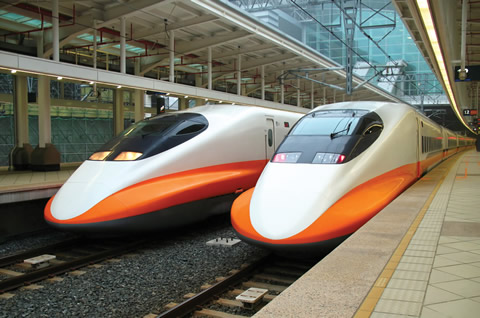Earlier this year, Globe and Mail economics columnist Heather Scoffield wondered how many bridges it takes to end a recession. As Professor Chris Kennedy ponders the answer to that rhetorical question about infrastructure spending, he is reminded of London in the years immediately following the Great Fire of 1666 and in the aftermath of the Long Depression of the 1870s.
The cataclysmic fire prompted Londoners to change the city’s building code. As homes and businesses rushed to meet the new code, the economy grew and the city enjoyed widespread redevelopment.
Two centuries later, the long downturn coincided with the construction of half of the bridges across the River Thames, and the improved connections also helped spur a wave of prosperity. “The cities that made the right investments during downturns were the ones leading the way out,” says Kennedy, a civil engineer and contributor to the Martin Prosperity Institute’s report on Ontario, released in February. Kennedy, together with U of T professors Eric Miller and Bryan Karney, and post-doctoral fellow Marianne Hatzopoulou, wrote the section on transportation and infrastructure in southern Ontario.
While Canadian governments have unleashed economic stimulus packages to create new construction jobs on “shovel-ready” projects, Kennedy argues that governments need to be highly discerning about where the money goes because infrastructure decisions have long-term implications for regional economies.
The report advised the Ontario government to invest in an expanded clean-electricity grid and a network of high-speed commuter rail lines linking the urban hubs within the Greater Golden Horseshoe, with connections to Chicago, New York and Montreal. It also says the province needs to think ahead to a time when many drivers will be operating plug-in vehicles, a transportation shift that can only happen if there’s sufficient clean electricity.
Kennedy’s work indicates that better transportation links within southern Ontario will spur regional economic growth by improving productivity and making Horseshoe communities more desirable for what urban geographer Richard Florida calls the Creative Class. These investments might also inject economic vitality into the region’s less affluent corners – such as Brantford and St. Catharines. Kennedy notes that it’s difficult to envision how the region will function 10 to 20 years from now without some kind of regional “express rail service.”
Infrastructure investments have far-reaching effects on how Canadians live. The postwar patterns of highway construction promoted car-dependent suburbs. “Consumers become locked into lifestyles determined by infrastructure decisions,” Kennedy says. In the past two decades, Canadian households have saved less and less post-tax income, partly because of the costs associated with financing lifestyles that involve multiple cars, lengthy commutes and large homes that need to be filled with possessions. “The savings rate is almost down to zero, and that’s partly related to how we build our cities,” he notes. “Building more roads is digging us back into that same old hole again.”







No Responses to “ Connecting Communities ”
High speed rail - long overdue!